Models and celebrities often gush about life-changing experiences after switching to an alkaline diet. But is that really good for us? Does science support it?
To have us all on the same playing field, let me start by explaining pH. A pH below 7 is considered acidic while a pH above 7 is considered alkaline. Your body does an amazing job controlling internal pH, and, although an alkaline diet may sound good, not all of your body thrives in a high pH or alkaline environment. More on that in a moment, but first let’s talk about diet.
Food and pH (pHood?)
Some research indicates a correlation between the pH of the foods we eat and our health, but it’s not yet clear exactly how much of the foods we eat should be alkaline versus acidic. However, research continually proves that plant-based diets, particularly ones rich in vegetables, are best for overall health. And, since vegetables are the most alkaline foods, this is likely why an alkaline diet works well for many people.
So, this is what I tell my patients: don’t worry about testing your urine pH or extremely limiting acidic foods. Some acidic foods are healthy, such as citrus and other fruit. It’s the processed and high-sugar foods that you want to avoid. For true balance, return to nature. Eat plant-based foods and moderate amounts of high-quality animal protein – grass-fed, organic, and free-range options whenever possible.
How pH Affects Your Skin
There is one organ that research shows does best in an acidic environment: your skin. Your body’s largest organ (the skin) has a natural pH level between 4 and 4.5 on its exterior. This mild acidity helps your skin stay hydrated and healthy, and what you put on your skin (even water) greatly impacts its pH level.
Keeping your skin at its ideal pH level by using mildly acidic skin care products helps protect your skin’s microbiome – the delicate balance of microorganisms that live on your skin. There are close to 1 trillion bacteria residing on your epidermis and hair follicles. These microorganisms help protect your skin from inflammation, acne, and premature aging.
Even water has a pH of 7, which is too alkaline for the skin. After water touches your skin, I suggest rebalancing the pH to a mildly acidic level using high-quality skincare products. Choosing cleansers, toners, serums, and moisturizers with a higher pH level (anything over 5.5) may dry out your skin and leave it more susceptible to infections, outbreaks, and premature aging. To learn the pH levels of your skincare products, check the labels or ask the manufacturers.
Not all natural skincare products are made with mild acidity in mind, so it is important to read labels closely and ask questions. I was determined to create skincare products that embrace this science, and this, along with wanting a pure skincare line, is what led me to launch The Spa Dr. line of skincare products. After all, when your skin is clear and glowing, confidence follows and that’s when true natural beauty shines through.
To find out more about The Spa Dr. Daily Essentials 4-Step System, visit The Spa Dr. Store here.
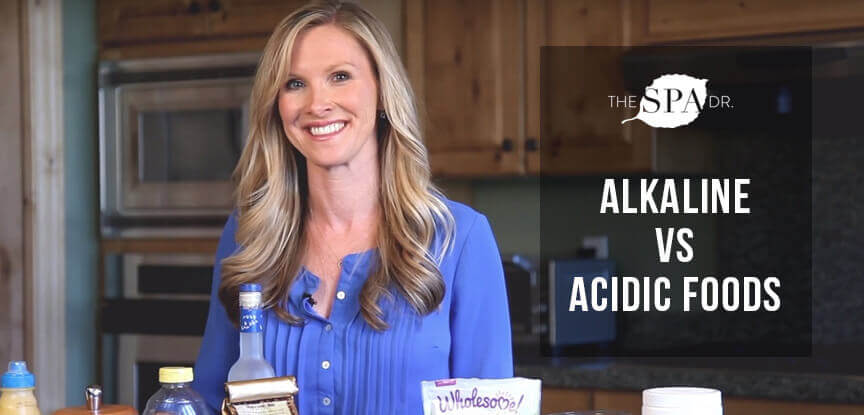
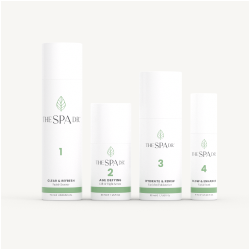
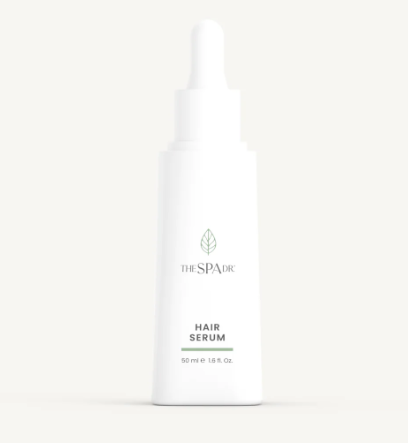
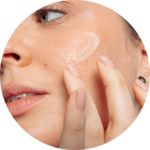

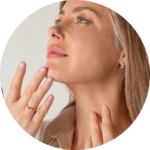



Reader Interactions
This is some good information this has taught me so much about the ph and the skin, Thank you.
Thanks for the feedback Deborah.
wonderful information!
Thank you Jana. Happy to help.